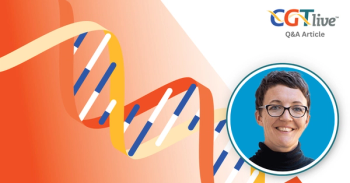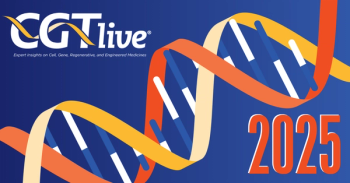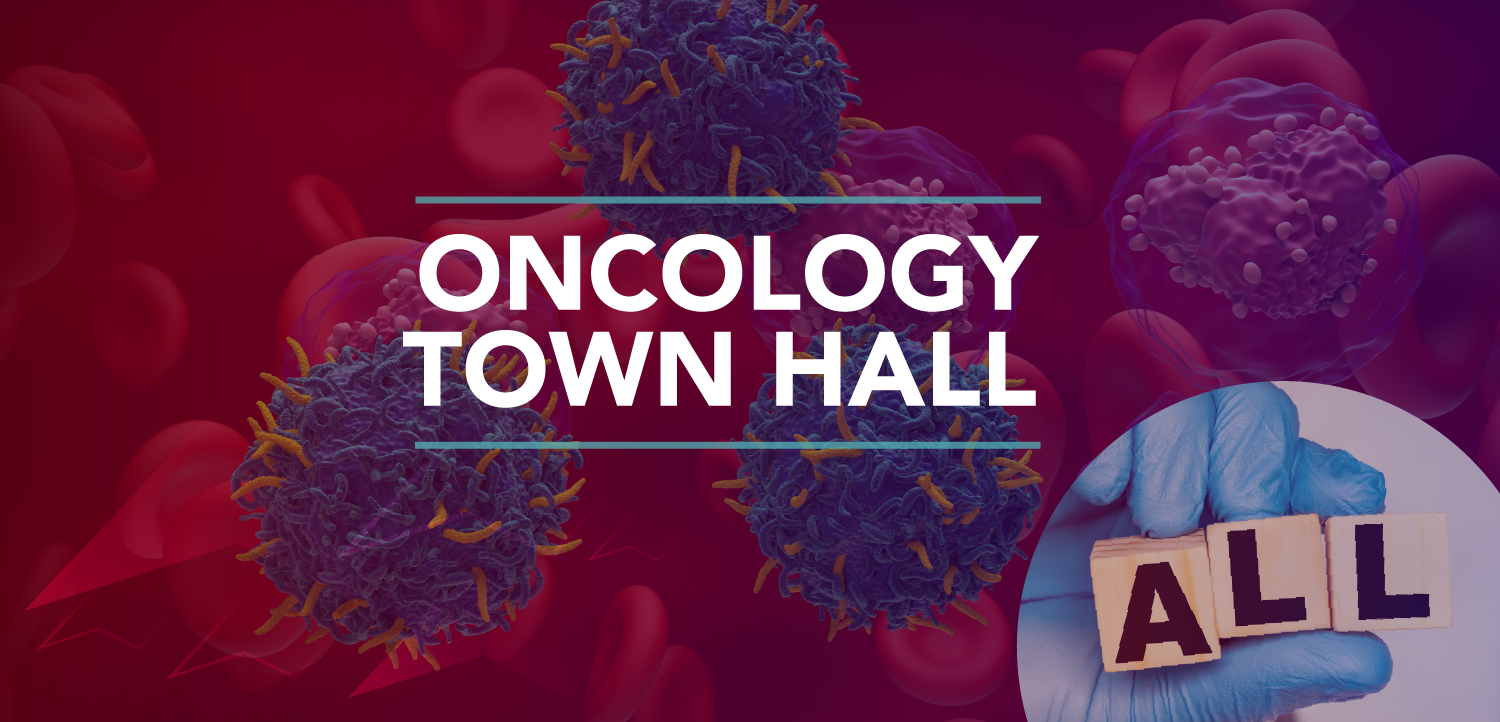
Avalere Report Looks at Geographic Challenges to Accessing CAR T-Cell Therapies
Given that some patients may need to travel out of state to access CAR T sites of care, some may not have a clear understanding of their insurance benefits, including requirements for out-of-state or out-of-network treatment, as well as adequate assistance with the costs of medical-related travel.
A recent report from Avalere outlines patient access challenges to accessing chimeric antigen receptor (CAR) T-cell therapies due to geographic distance and a complete understanding of what their insurance benefits will cover.
Disparities in health care could worsen these access issues, the report said.
“The growing cell therapy market highlights an imminent need to address patient access barriers unique to these therapies, including the limited number of treatment sites, high drug and non-drug costs, complex logistics associated with travel, post-treatment monitoring, and long-term-care follow-up,” the report said.
Manufacturers seeking FDA approval for additional CAR T-cell therapies will need to examine these financial and logistical burdens and consider how to revamp patient support service offerings to address these challenges, the report said.
Five cellular therapies are approved; another 54 are in late-stage development worldwide.
To get a better understanding of the geographic challenges to access cell therapies, Avalere used the 100% sample of Medicare fee-for-service (FFS) claims between 2017 and 2019; the final population included in the analysis was less than 20% of the total Medicare FFS population.
In the Southern and Western parts of the country, patients had to travel significantly longer distances, compared with the densely populated Middle Atlantic and Northeast.
Given that some patients may need to travel across state lines to access treatment sites—CAR T is only given in approved cancer centers—patients may not have a clear understanding of their insurance benefits, including parameters for out-of-state or out-of-network treatment and any possible additional costs, including drug cost sharing.
Transportation and lodging costs could also be a burden for some patients, especially in parts of the country where median income is low.
The report recommended 5 ways that payers and manufacturers could increase access for these patients during their treatment:
- Assistance with diagnostic monitoring
- Improving patient support program services to include the cost of the procedure, patient travel, non-drug expenses, long-term follow-up, and care coordination
- Support for site-of-care changes
- Assistance with compliance challenges with regards to free or reduced-price drugs in the inpatient bundled payment system
- Patient reported outcomes tracking longitudinal patient engagement
Newsletter
Stay at the forefront of cutting-edge science with CGT—your direct line to expert insights, breakthrough data, and real-time coverage of the latest advancements in cell and gene therapy.































